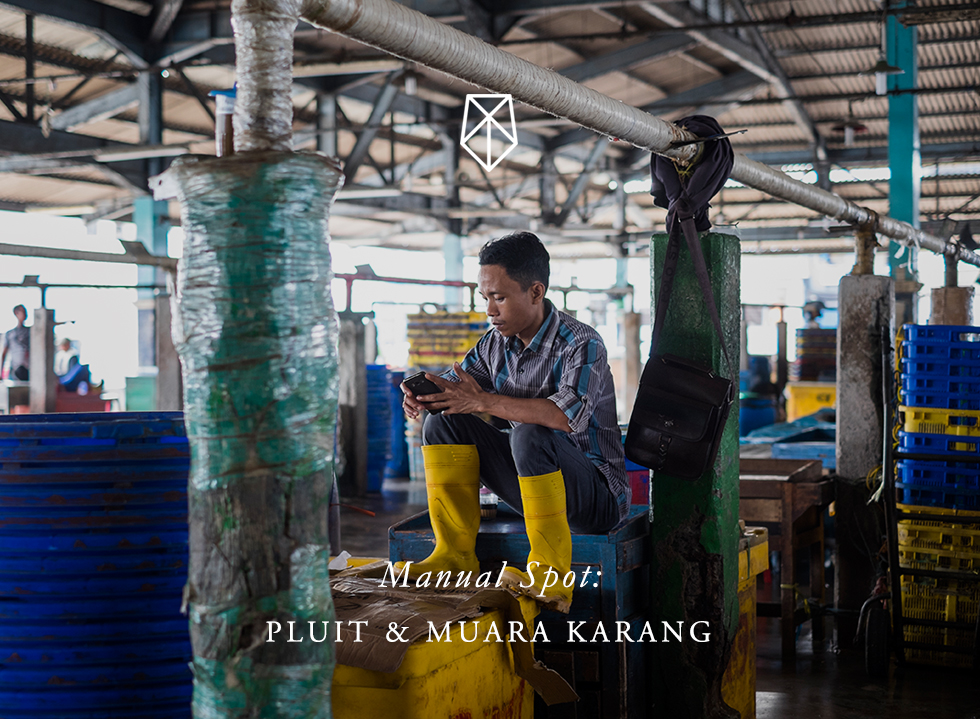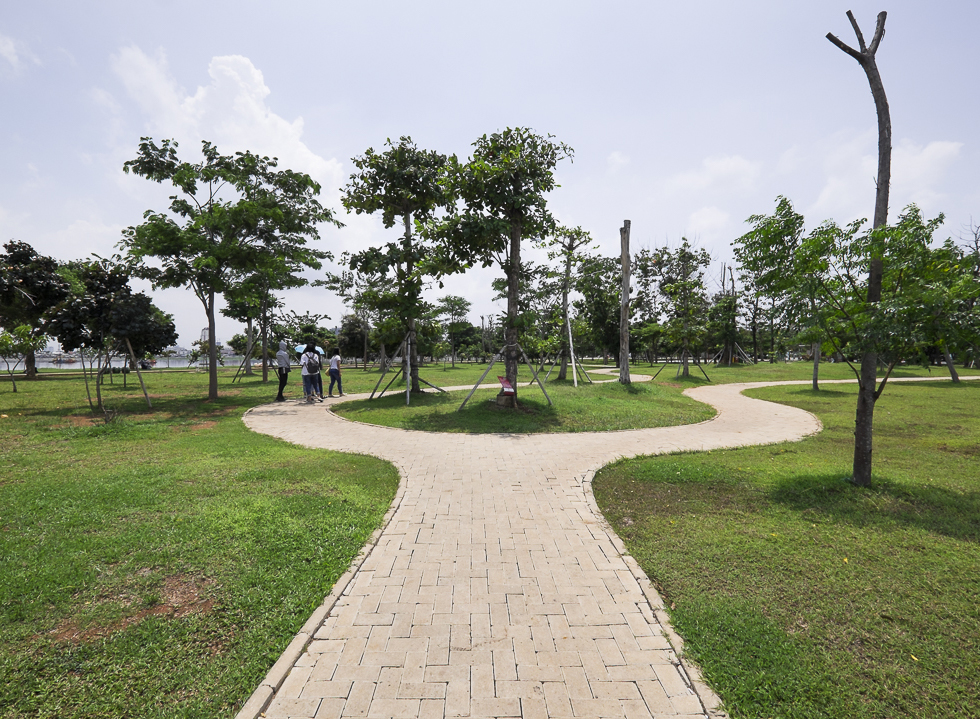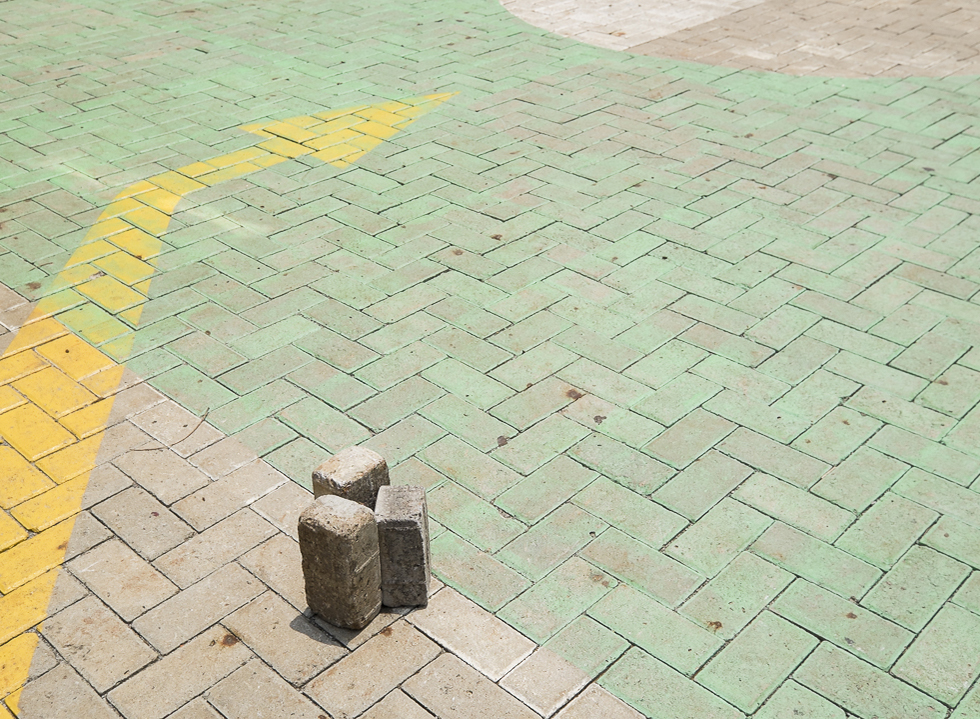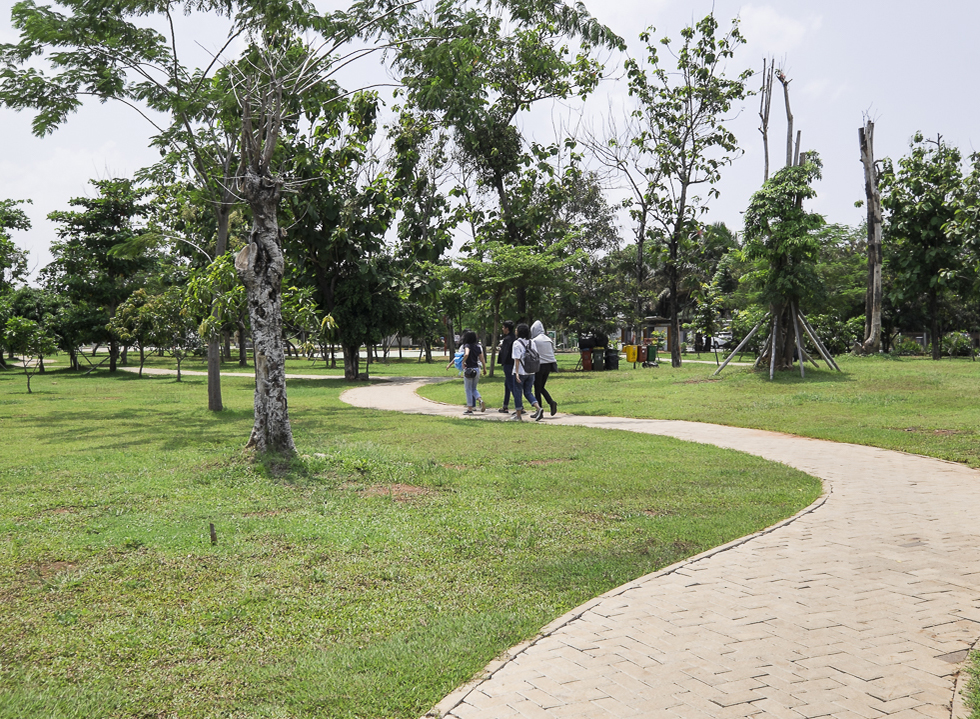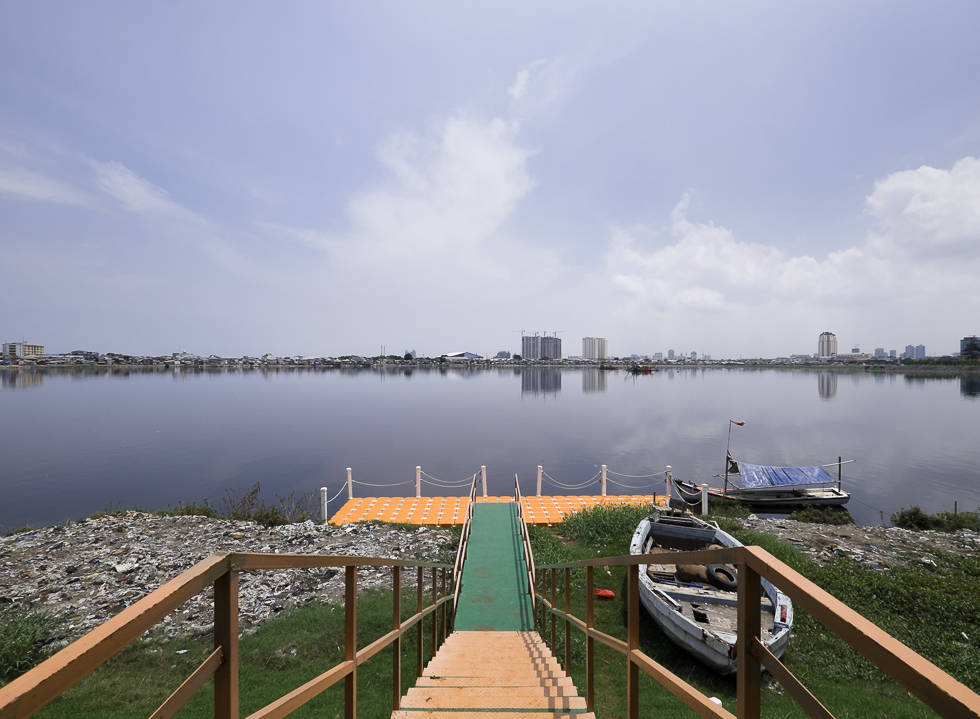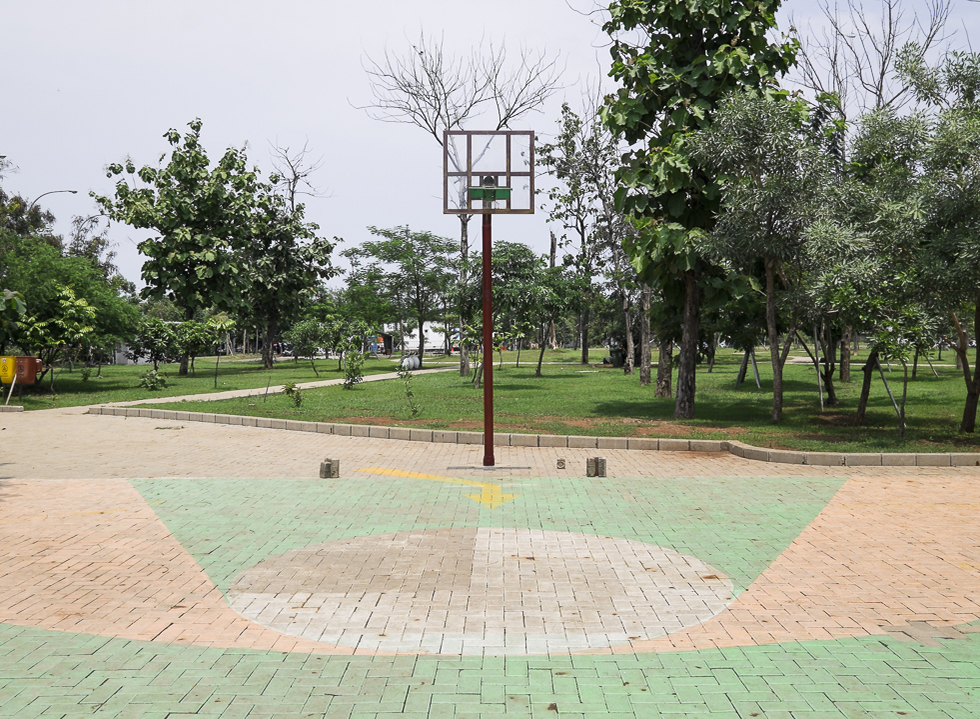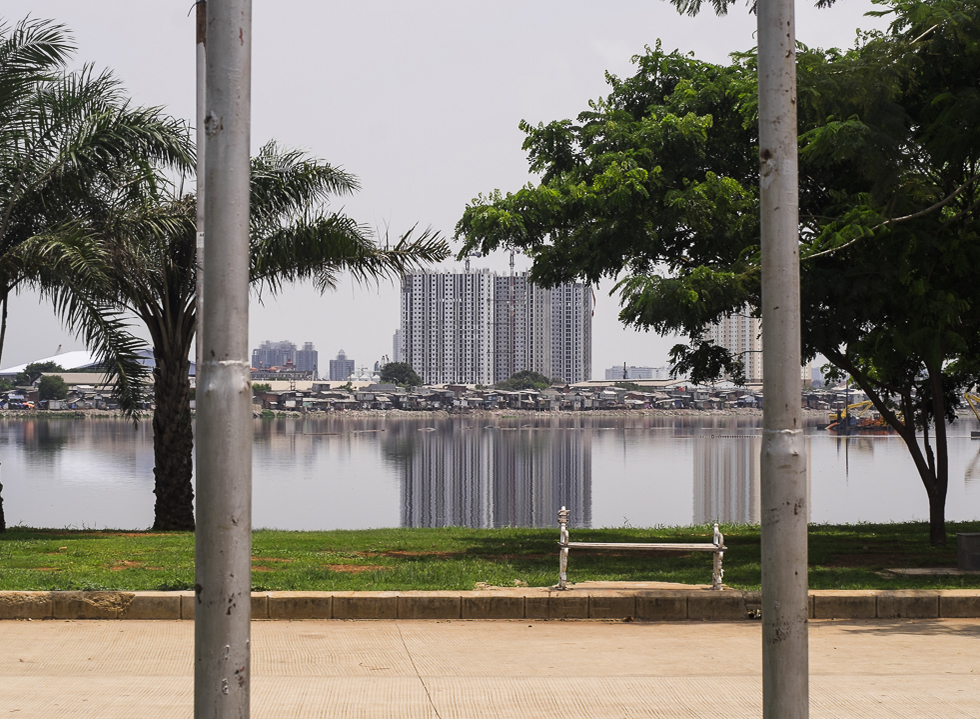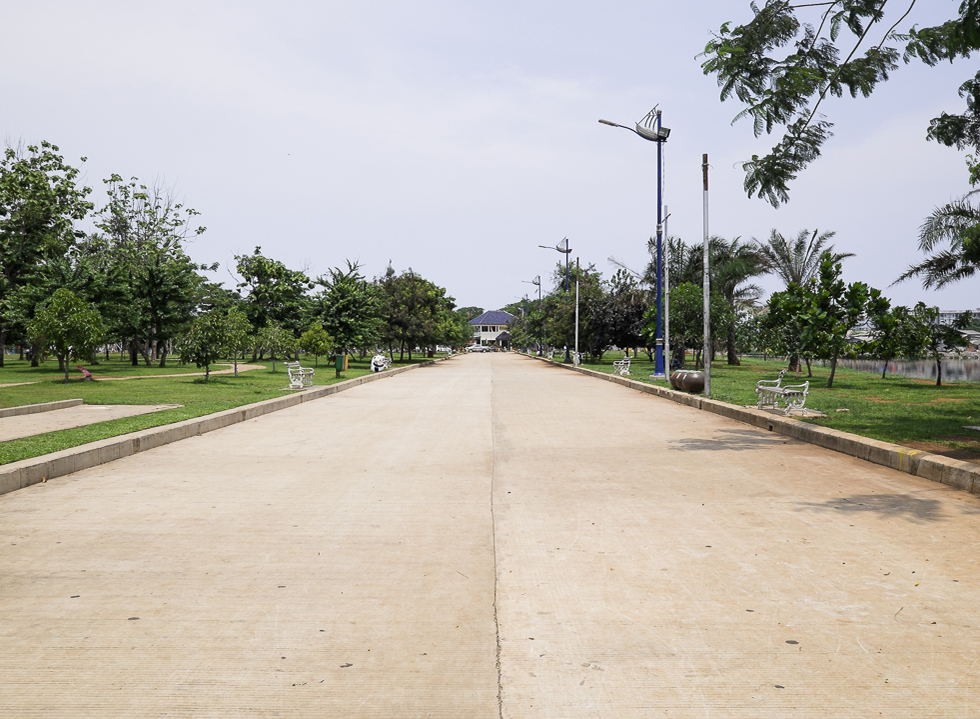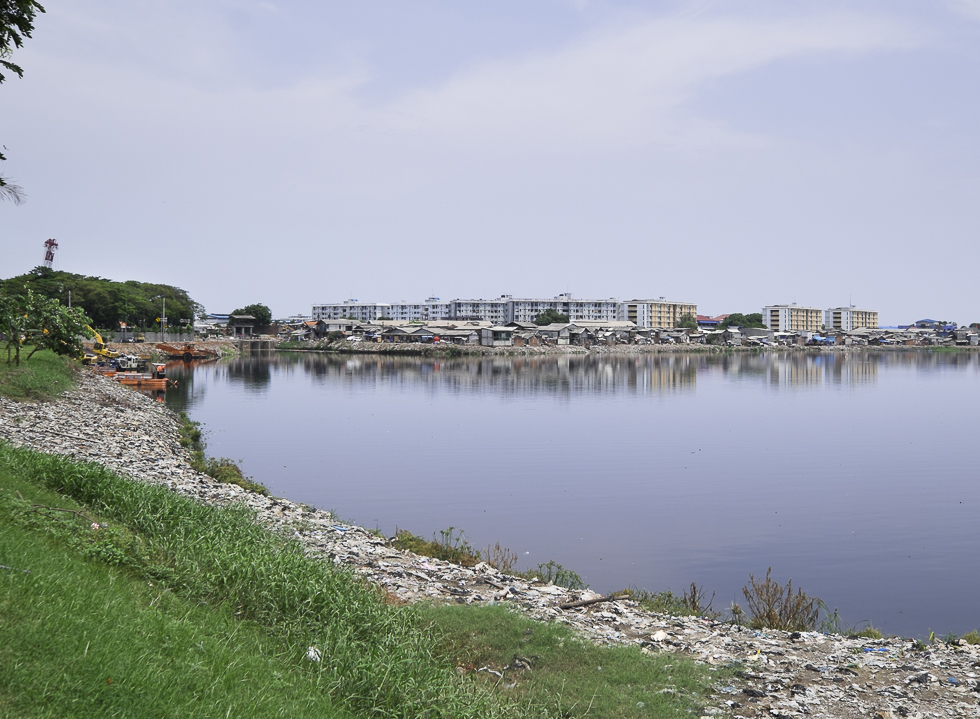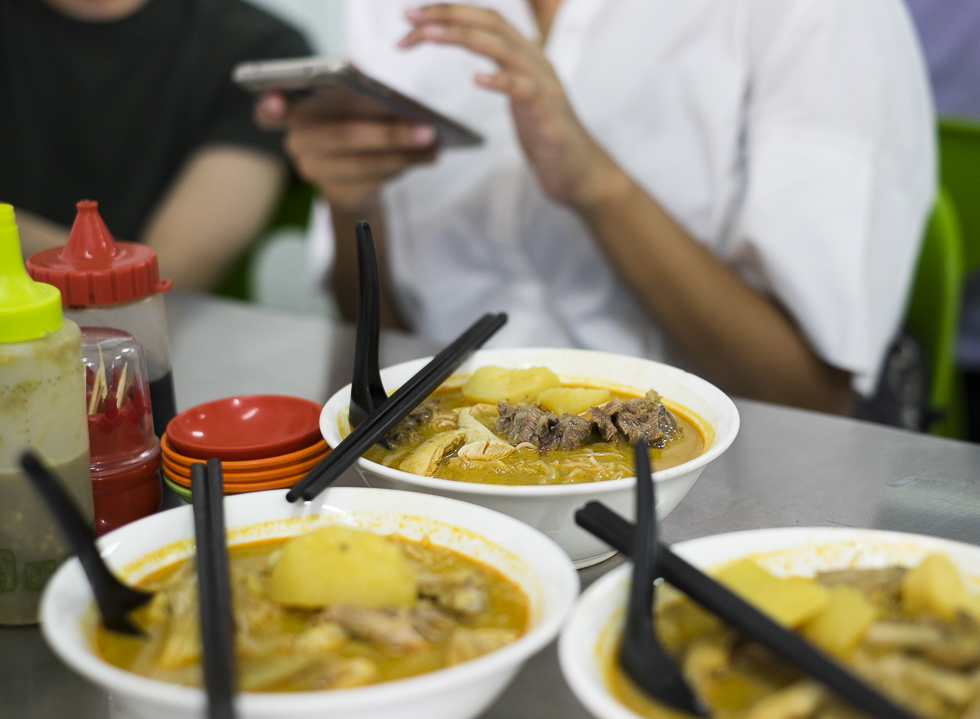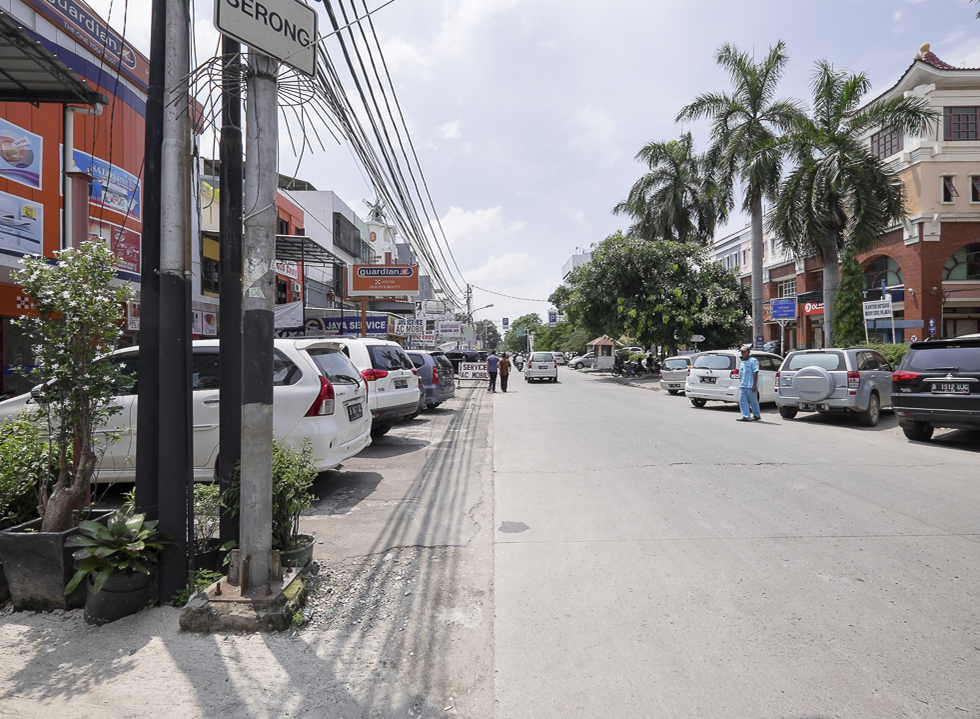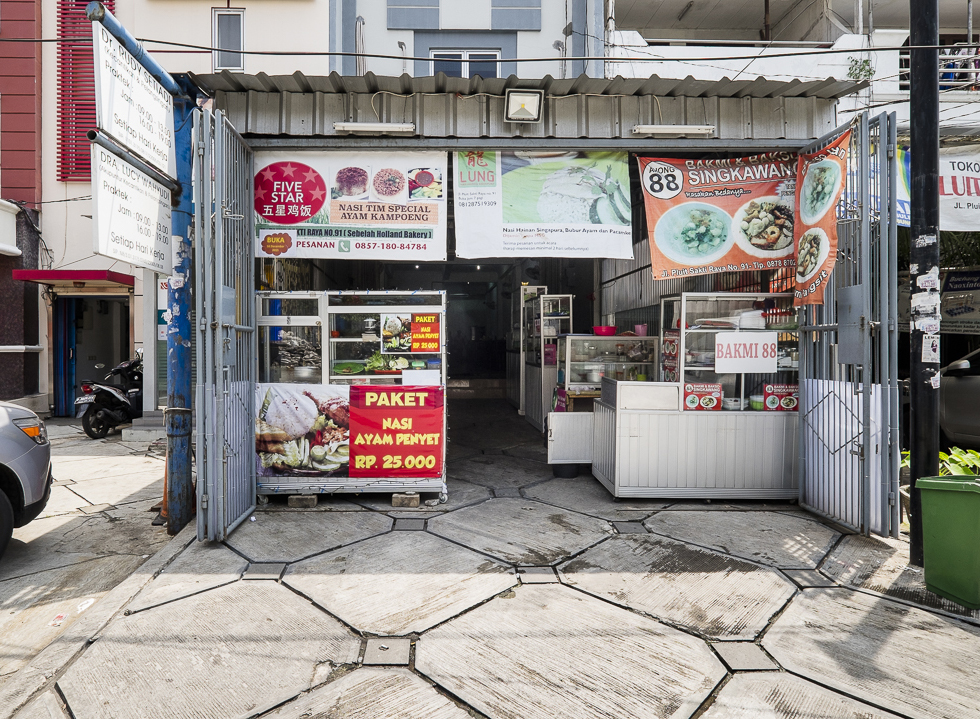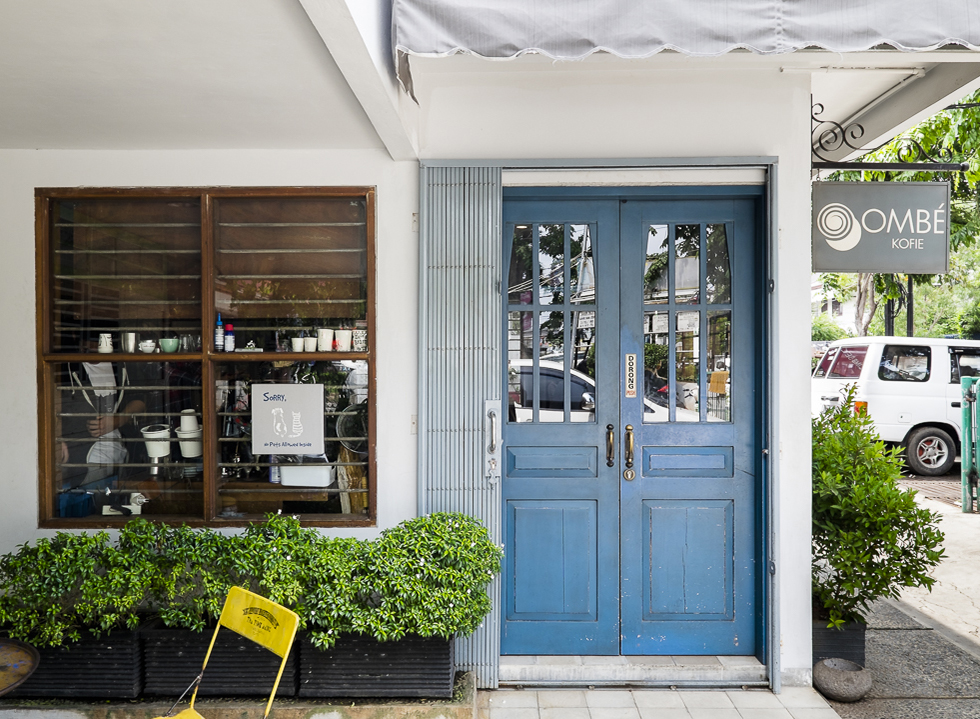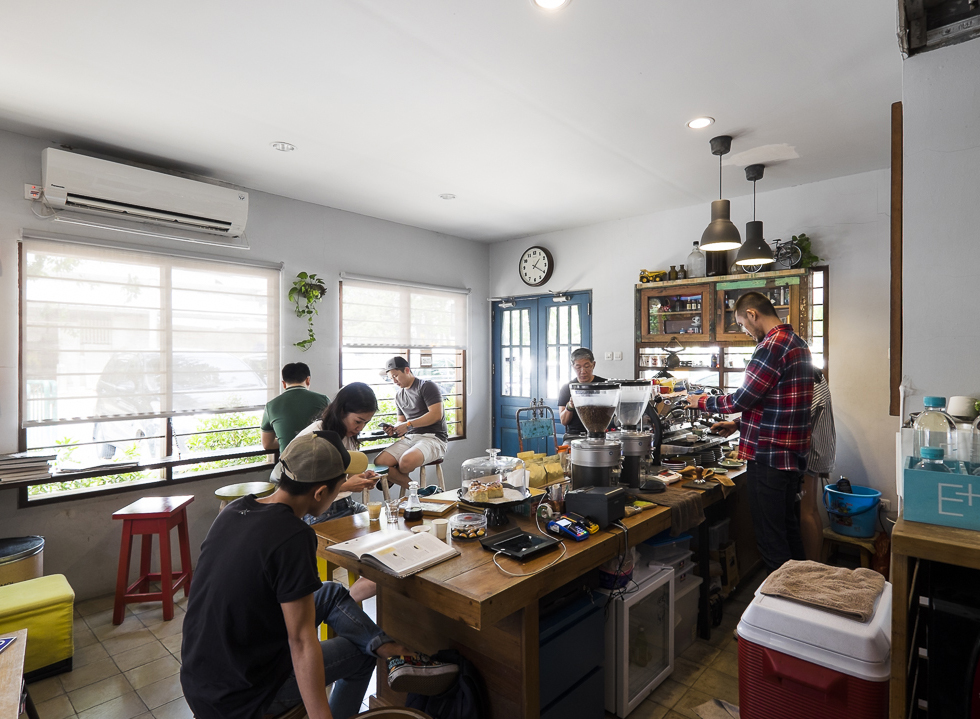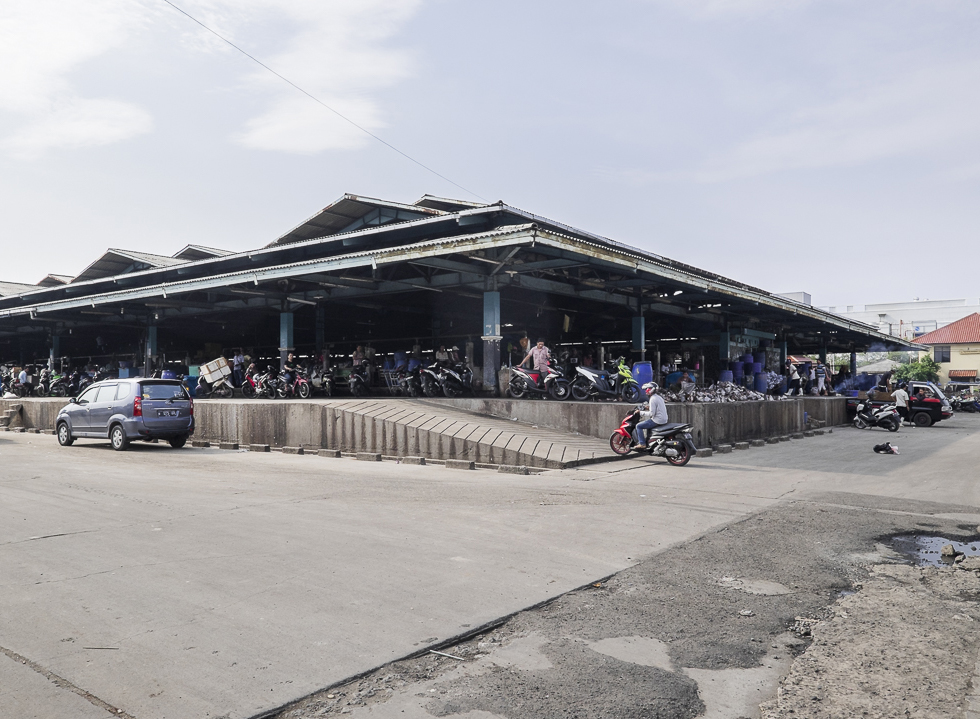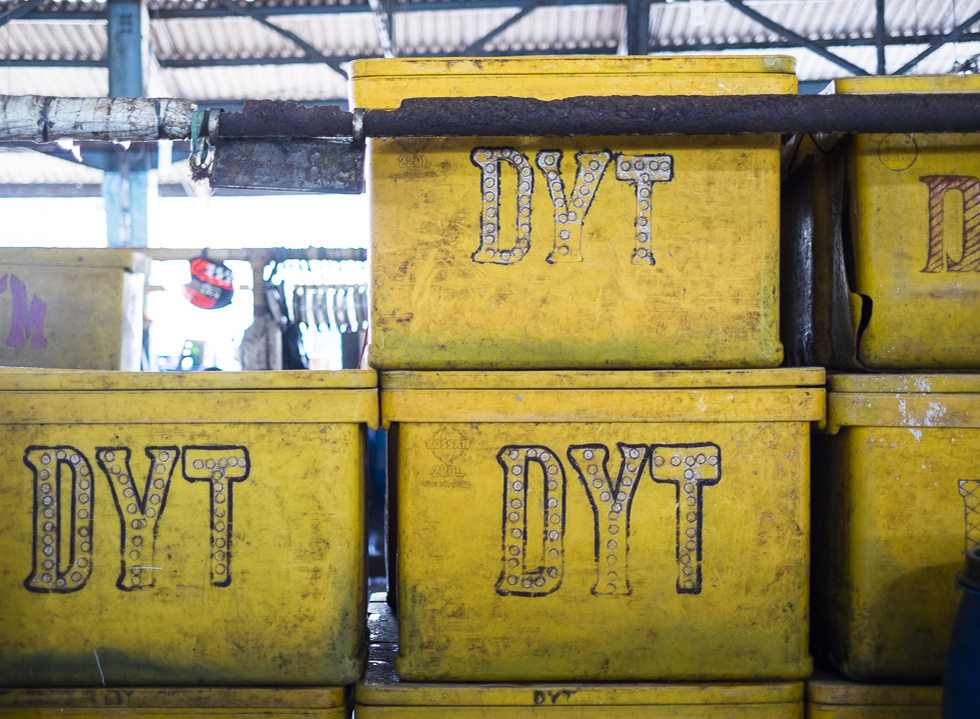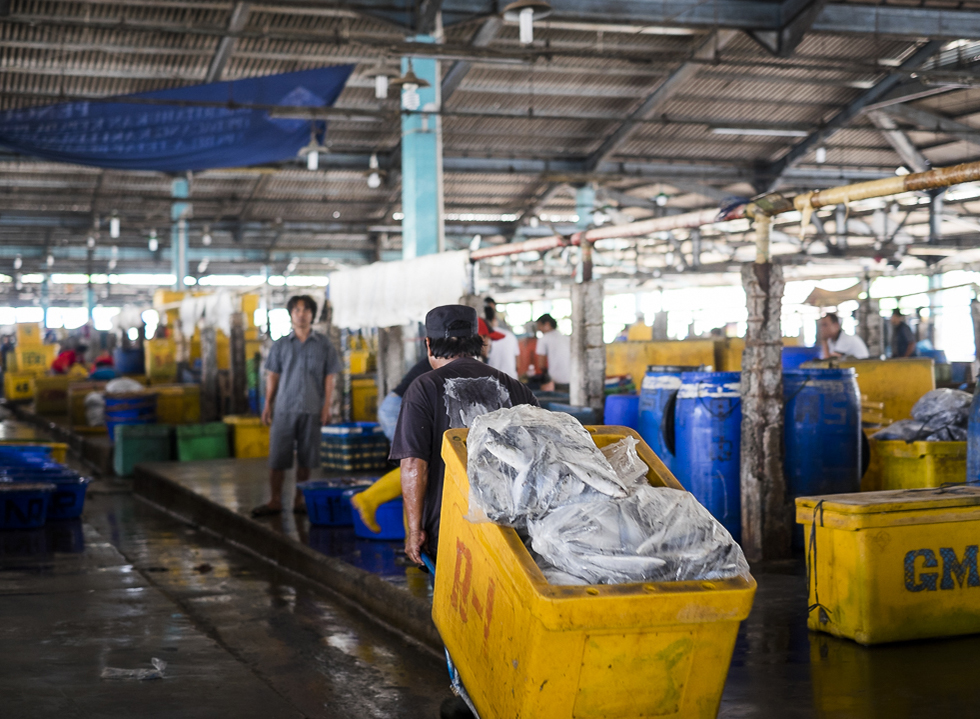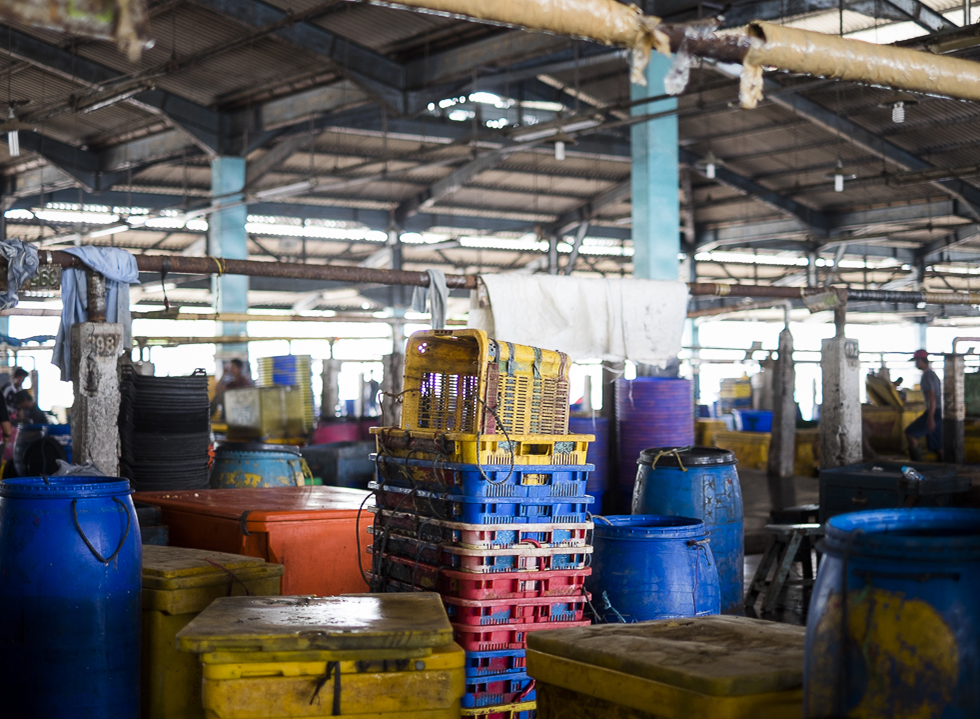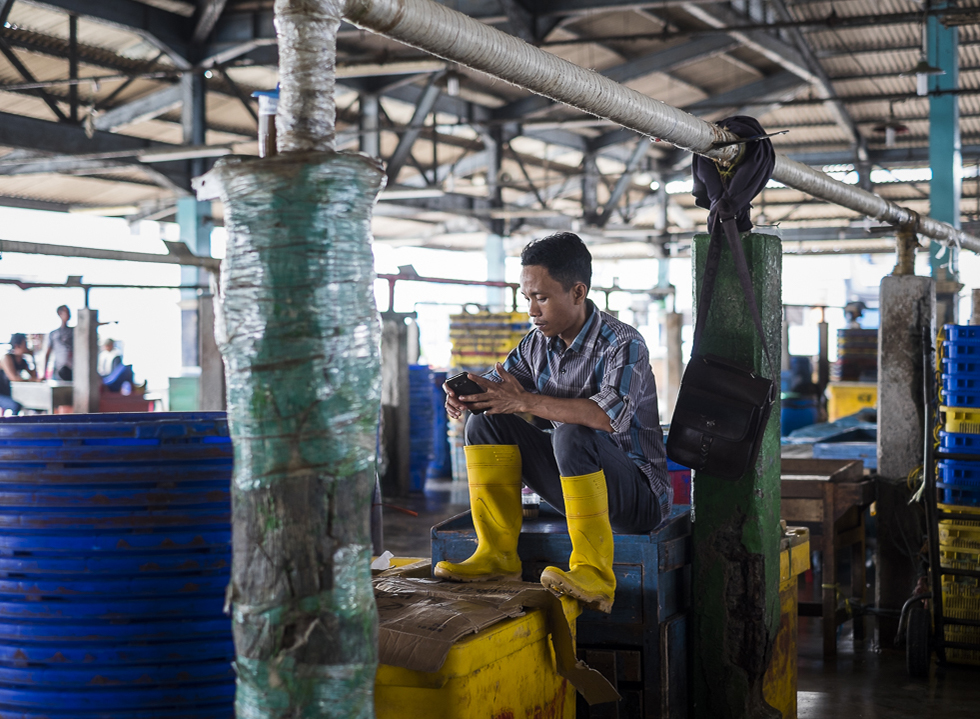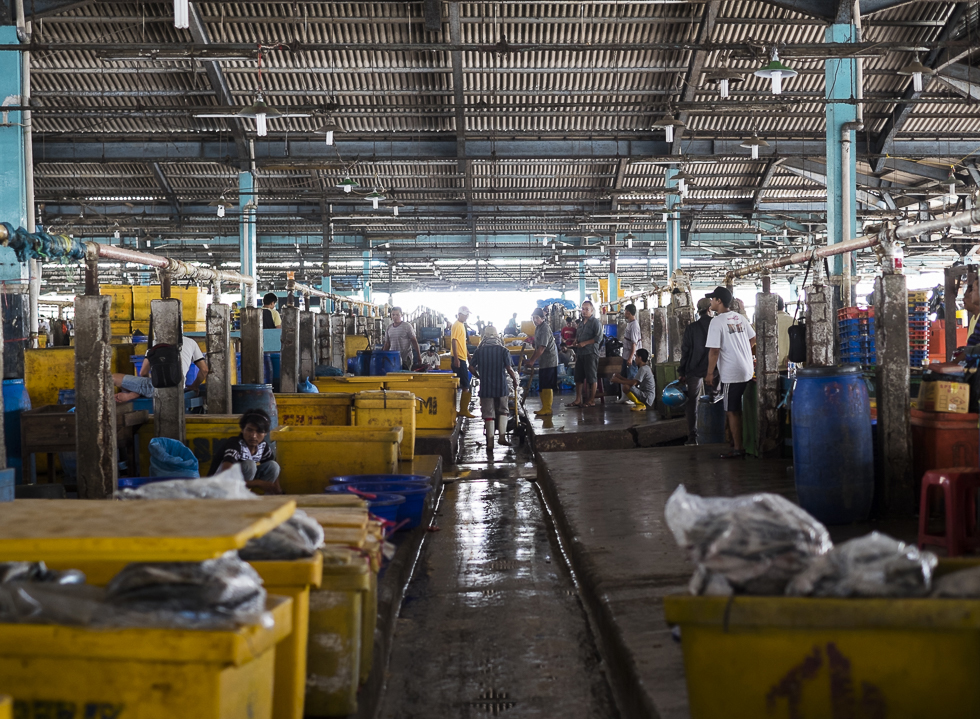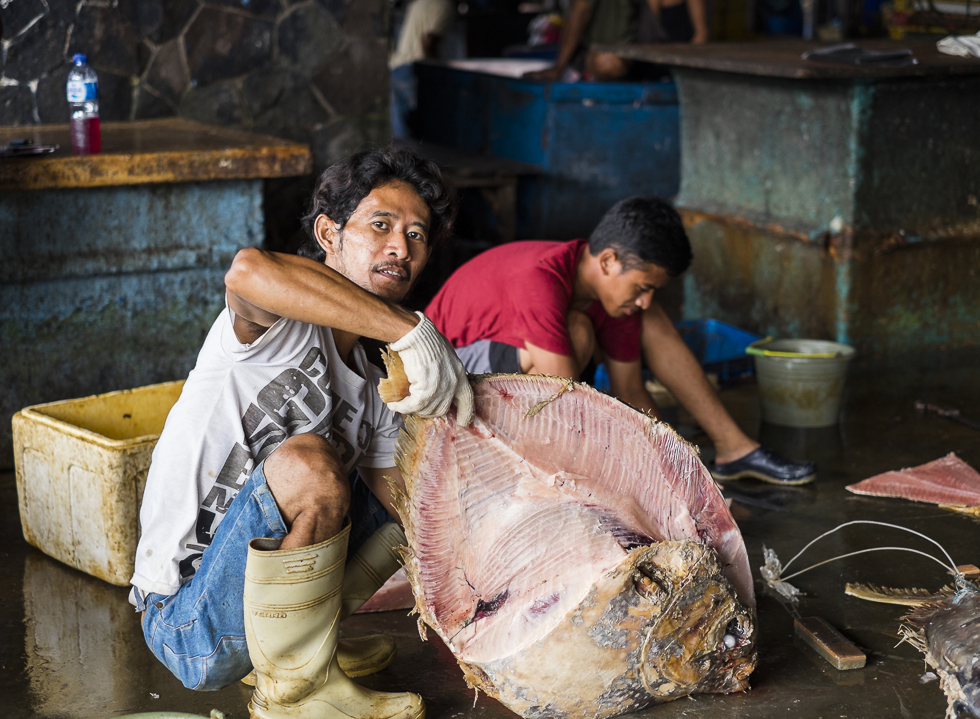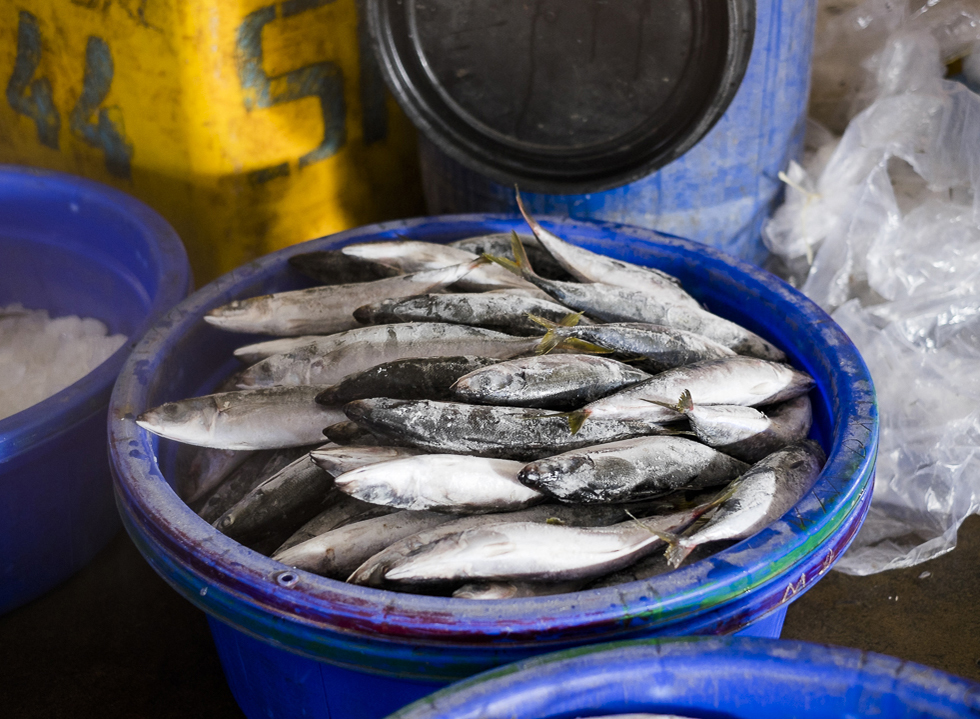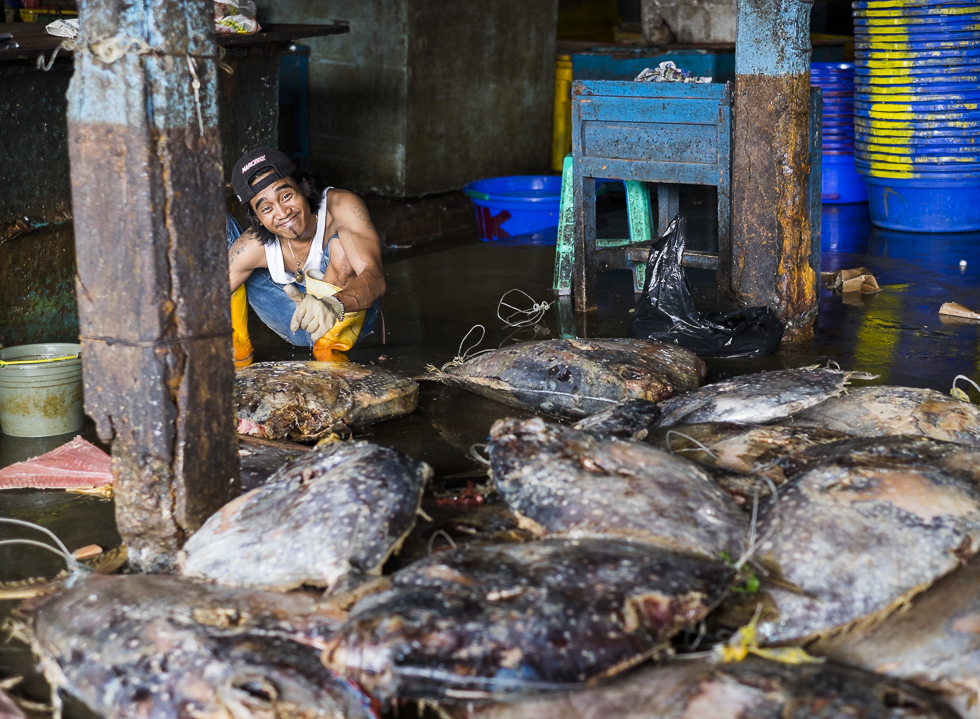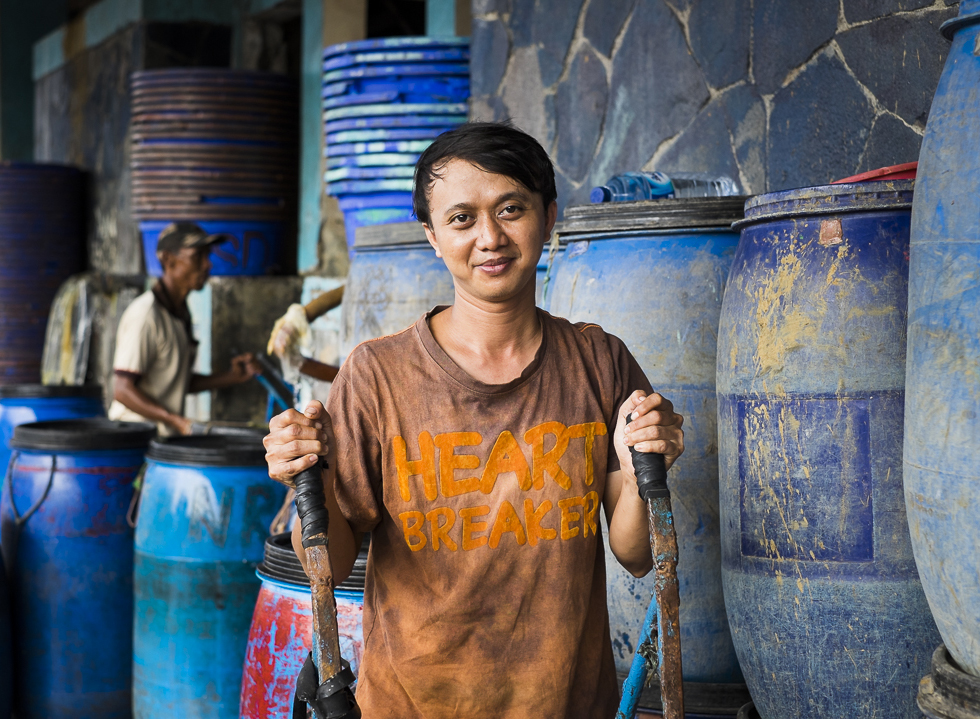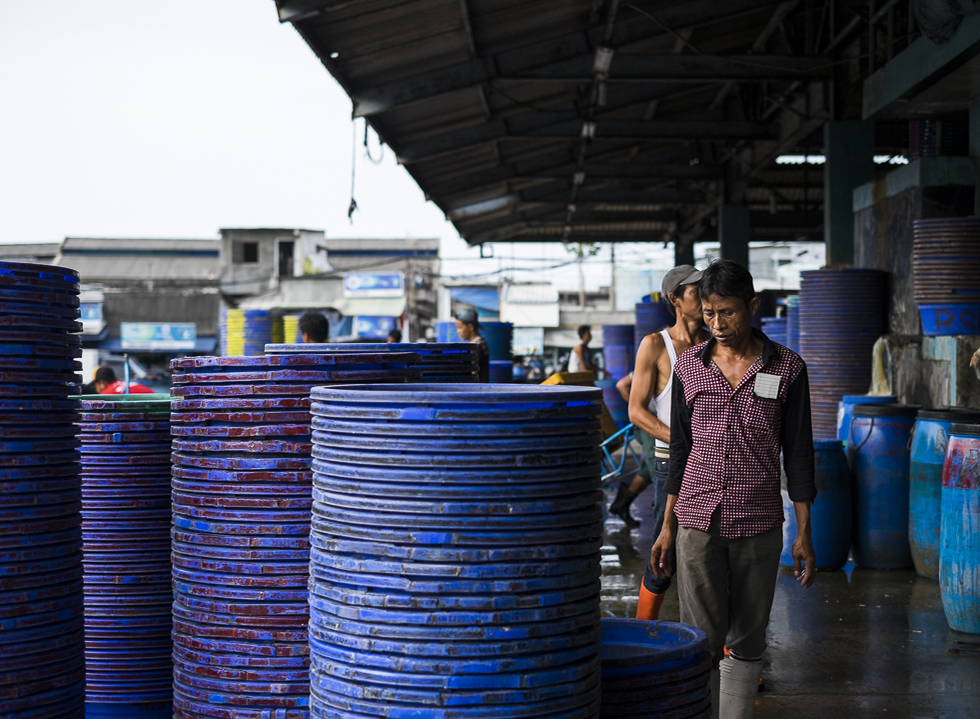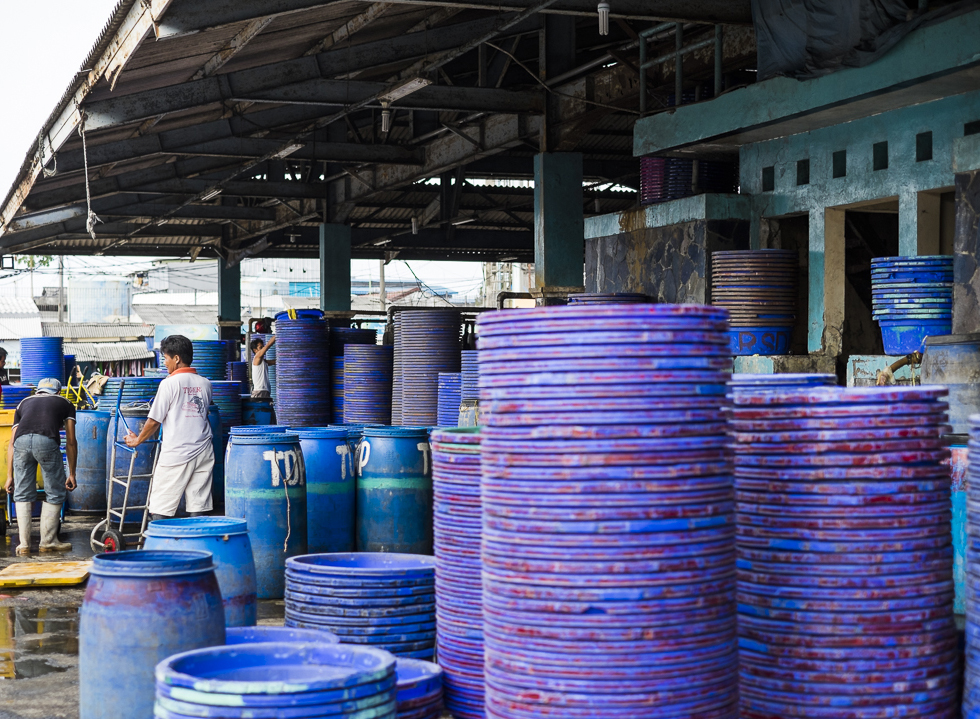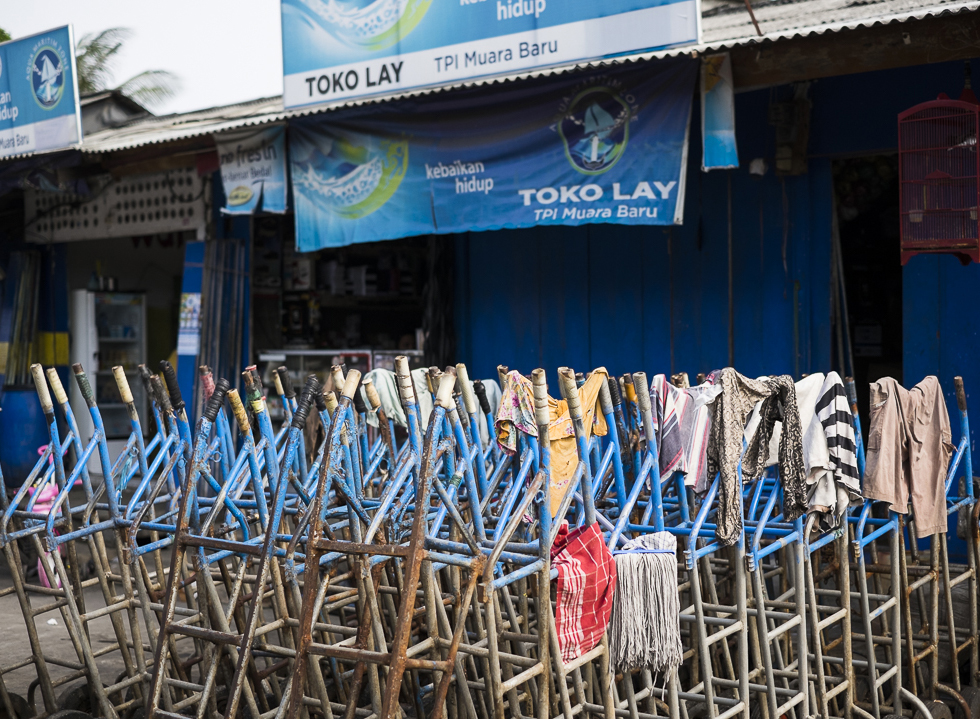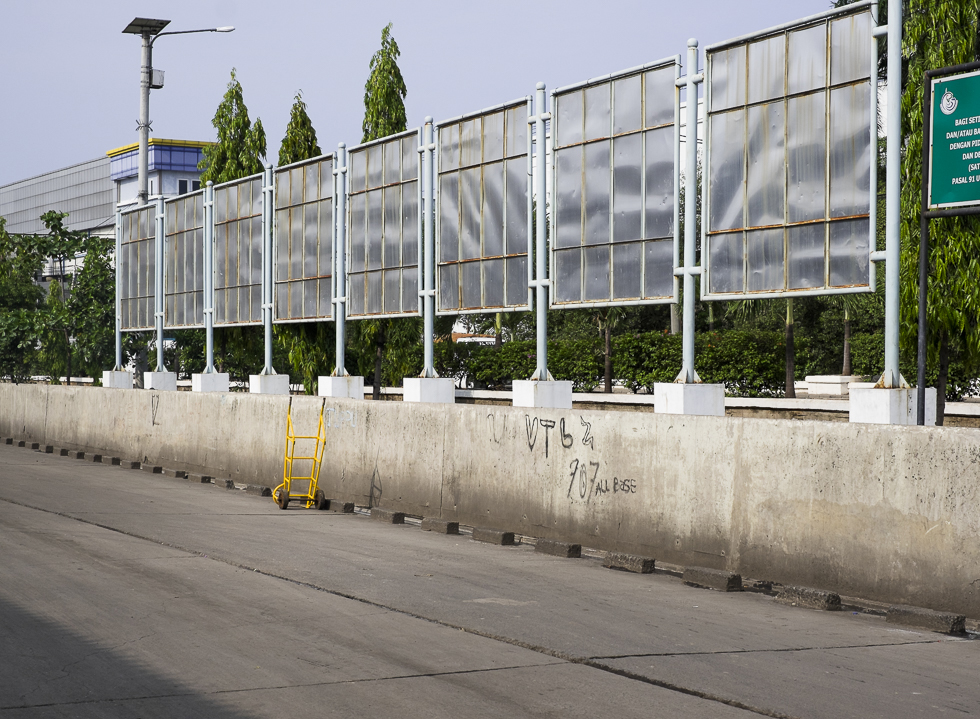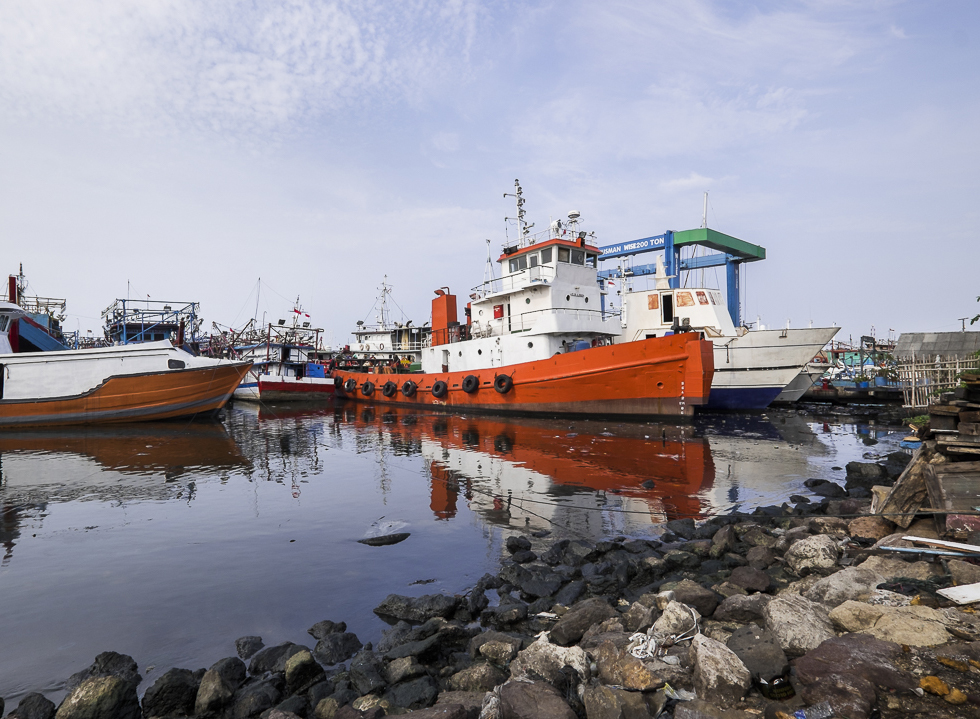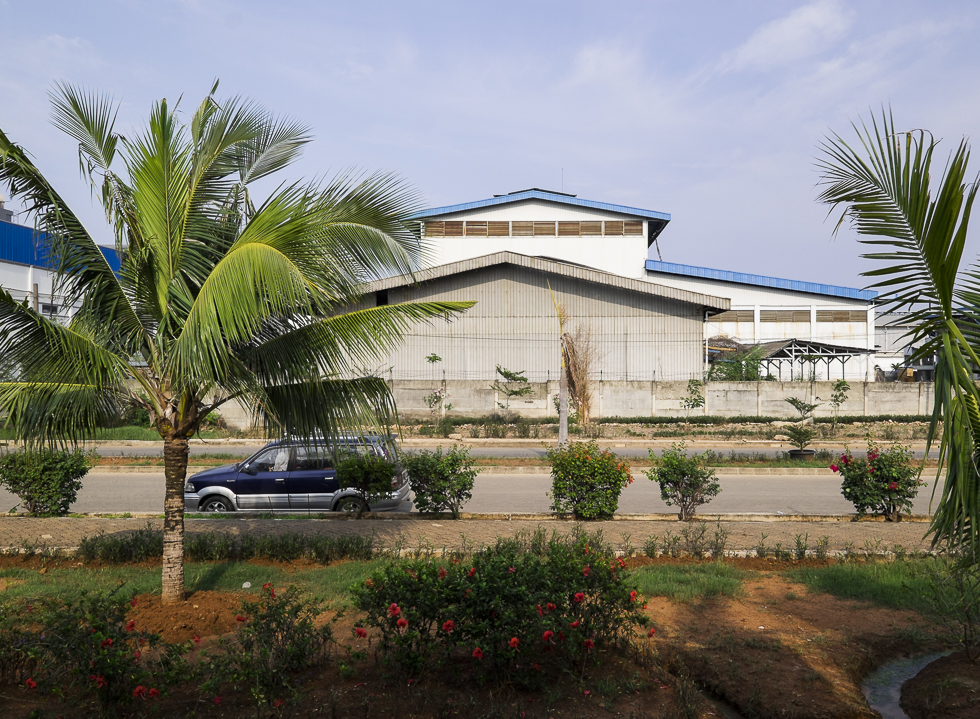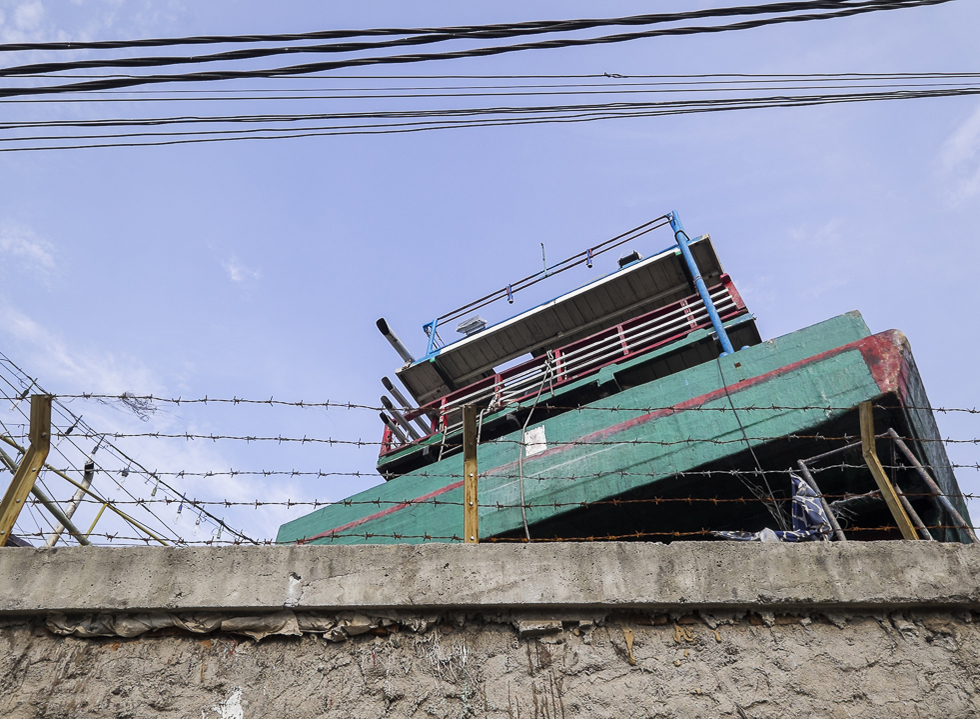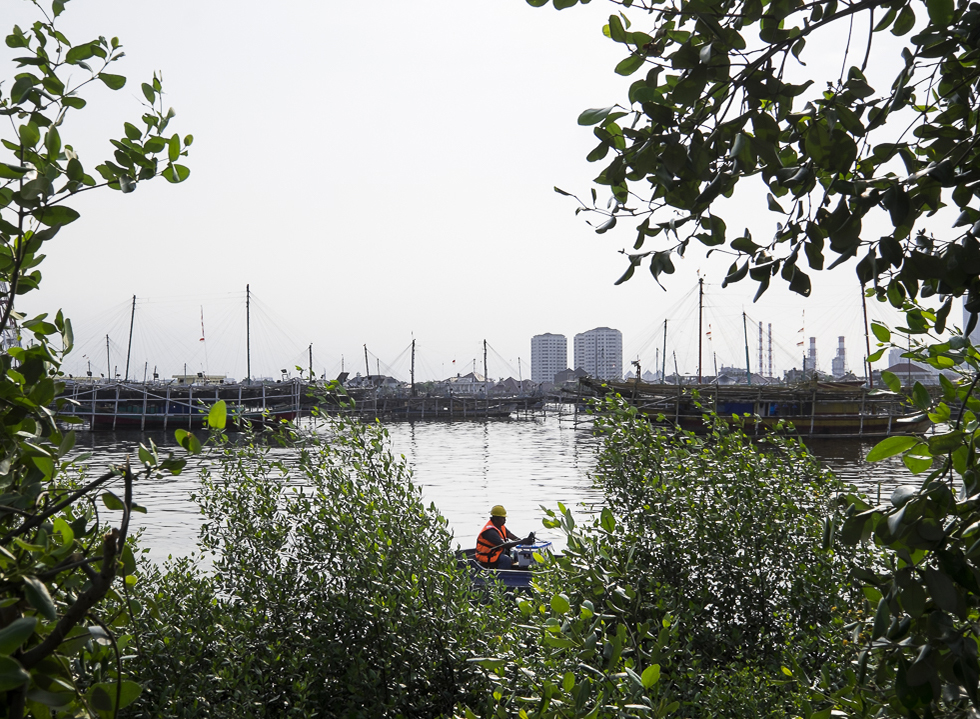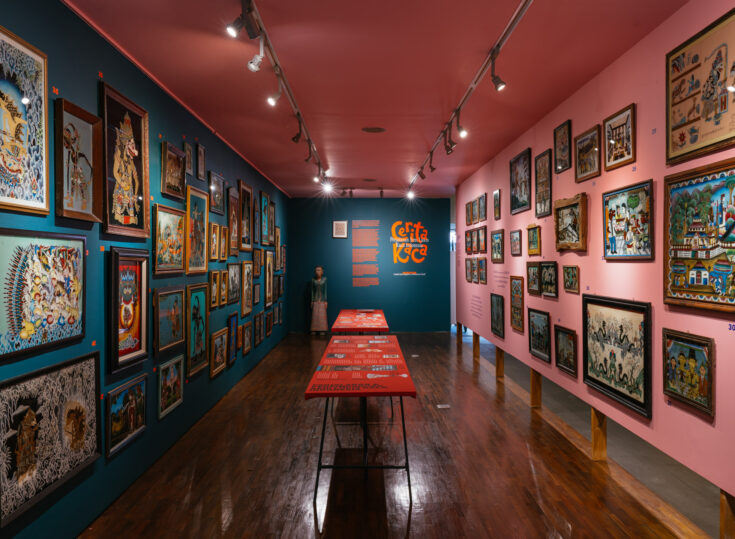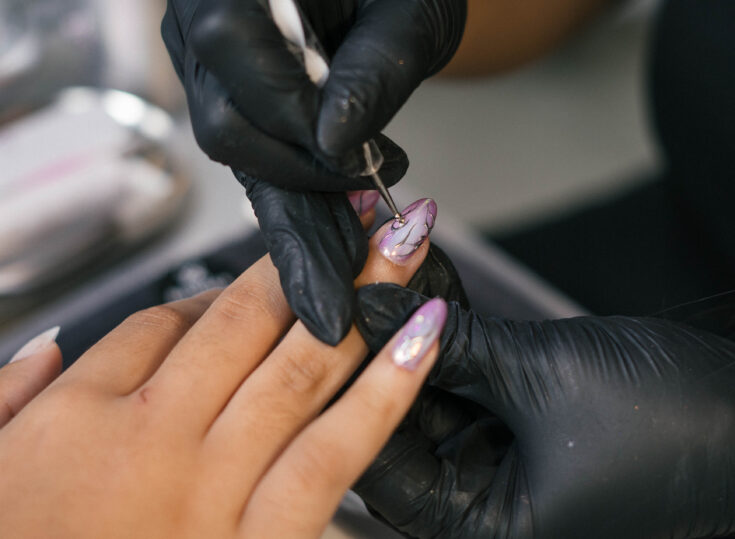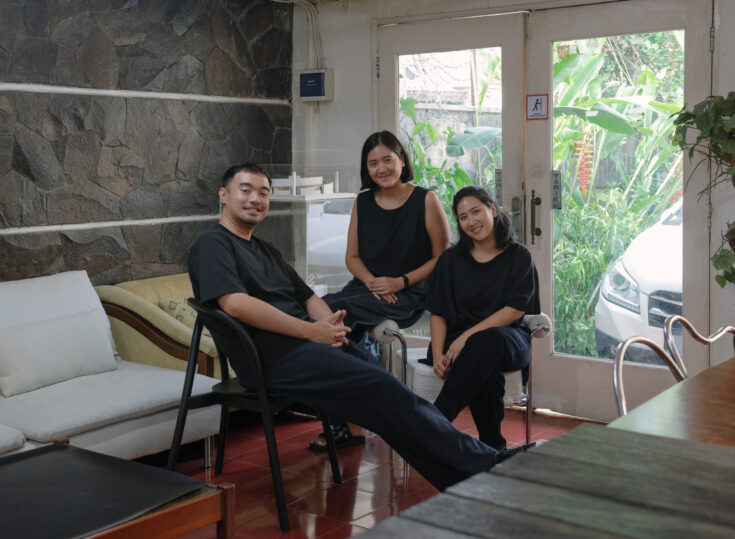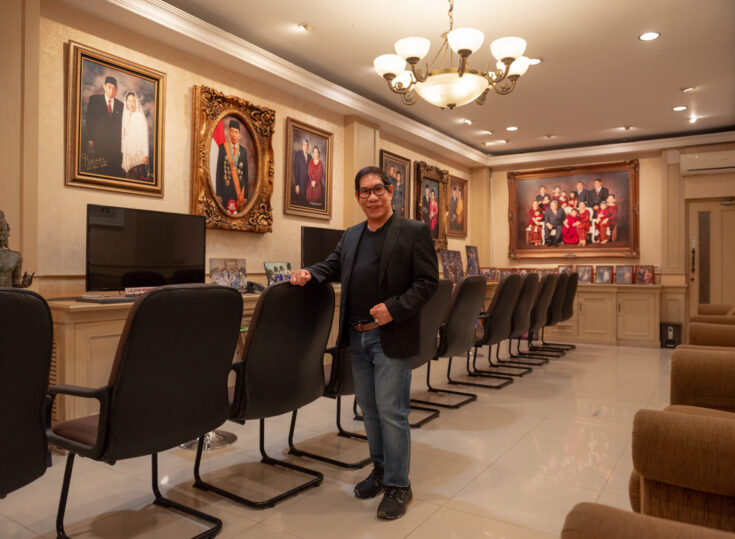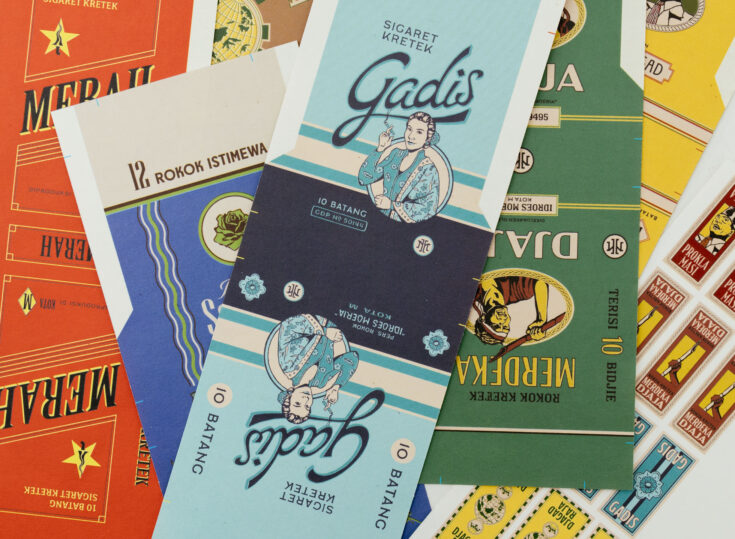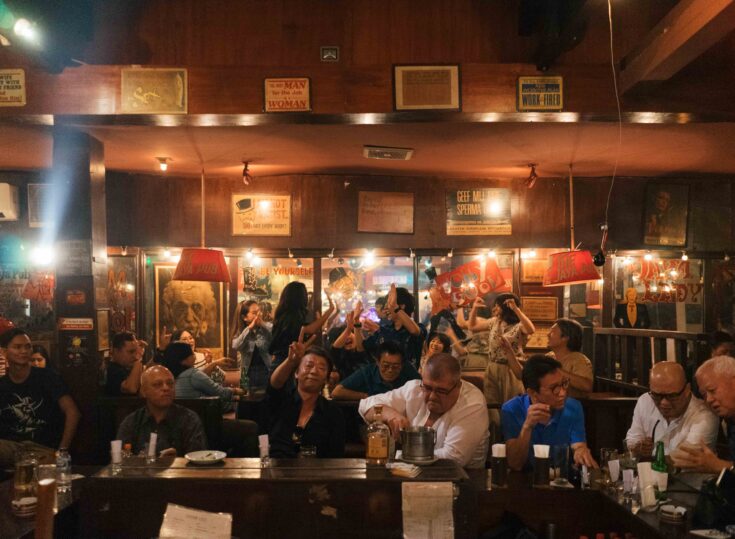North Jakarta may be an uncharted territory for most people who have been spending their daily activities in Central, South or other parts of Jakarta. While the name “Pluit” and “Muara Karang” sound familiar to most people, the concept on what exactly lies on those two areas remain ungraspable for some.
As a matter of fact, if there’s one thing from Pluit and Muara Karang that people could immediately relate with, it is their culinary highlights. But there are actually more things to these neighbourhoods than just noodle and more noodles.
In actuality, Pluit and Muara Karang have been revamping lately, that sees major changes in its geological and culinary landscape.
North Jakarta, the northernmost part of the metropolitan city has always been assaulted with hot weather. It also has a high number of Chinese Indonesians descent with a history that could be traced back to centuries ago, from the early Chinese merchants who first arrived at the coast of Java.
As time goes by, it’s hard to ignore the fact that the population is quite divided in this place. Affluent citizens occupy housing complex and apartments, while the less-unfortunates reside on disarrayed, illegal houses on areas such as Waduk Pluit.
Waduk Pluit is a unique story of itself. What used to be a squalid area filled with illegal box houses that occupy the west bank of the reservoir, was revamped into Taman Kota Waduk Pluit, a lush park with well-kept facilities and neat vegetation. The effort was done by the then Jakarta governor Joko Widodo, where he placed the residents of illegal housing into low-cost apartments.
Thanks to its big exposure in the media, the park is frequently visited by curious citizens of Jakarta. But of course, without leaving the area with an empty stomach because an excursion to Pluit wouldn’t feel like complete without at least sampling what the local cuisine has to offer.
One day is obviously not enough for a culinary tour in Pluit. To start with, there’s Jalan Pluit Sakti with its variety of Chinese cuisine that originated mostly from Medan and North Sumatra. For example, Rumah Makan Tabona with its chicken and beef curry, which is a recommended destination for those who first set foot on this street.
Jalan Muara Karang Raya, meanwhile, is more famous for housing bigger, franchise-based restaurants. Nevertheless, a wide variety of humble eateries also call this street a home for years, even decades, as its ownership being passed down to the second and third generation.
Armed with modest, stripped-down interior (imagine red plastic chairs paired with bare white walls), these neighbourhood restaurants usually close down early – sometimes in unusual hour like 3pm – because they are simply done for the day, like Bakmi Khek for instance.
What’s more unique, is the recent surge in the amount of third-wave coffee shops that alters the culinary landscape in this area. Ombé Kofie in Jalan Pluit Sakti was one of the firsts to arrive in Pluit, defying the common misconception that specialty coffee can only be found in Central and South Jakarta area. The are has also seen new additions such as Cameo Lane and Ottoman’s Coffee Brewers, with its fantastic brunch menu.
It’s very possible that the number would continue to add up even more this year, but the specialty coffee movement wouldn’t have happened without the welcoming support from the residents of the neighbourhood themselves – whom apparently, have found a significant attachment to a caffeinated lifestyle.
Speaking of attachment, it’s impossible overlook this area’s relationship with seafood, especially when this location is deeply attached with the sea.
Pasar Ikan Muara Baru and Pasar Ikan Muara Karang are just a few recommended spots to acquire fresh seafood. Although anytime in the day is an okay time to get them, it is best to visit at night where the activities start to pick up. From 9pm until past midnight, witness the auction: fishermen and merchants vend their freshest catch to potential buyers who bid fearlessly for a satisfying price. It’s loud, rowdy and alive with interactions.
Things get slower during the day in the afternoons where you can find merchants tidying up their stalls or lazing round atop cooler boxes, but there are also some who diligently defrost squids for the evening madness starts again. It’s no wonder that one of the most lauded sushi restaurants is located is just located a stone’s throw away from Pasar Ikan Muara Baru. In Sushi Masa, expect sushi made with fresh catch from various international waters.
Sometimes it’s easy to observe a place based on its outdated stereotypes; Central as the progressive and modern region, East as the industrialised territory, and the same goes for South, West, and Jakarta’s surrounding regions.
What about the North? Is it a region where social discrepancy is impossible to go unnoticed? A spot filled with delightful culinary highlights? A paragon for some of the government’s most successful projects? Feel free to answer them yourself.
